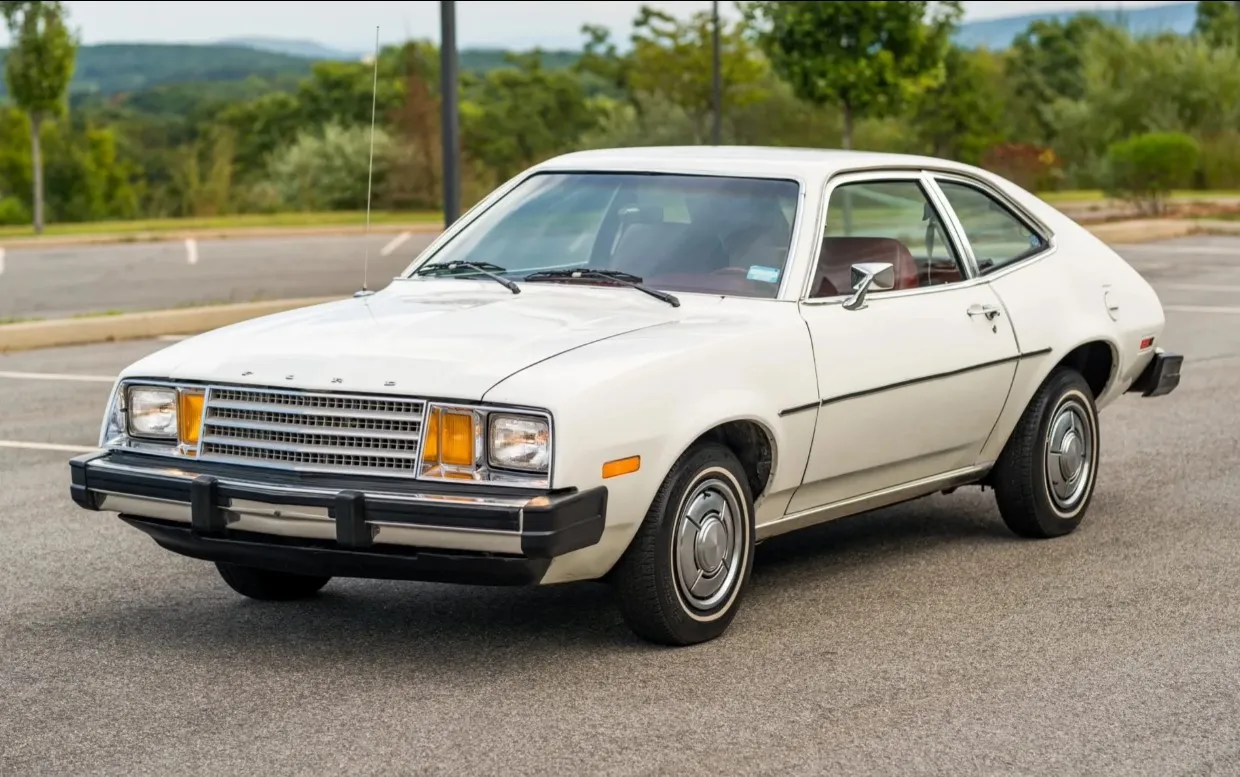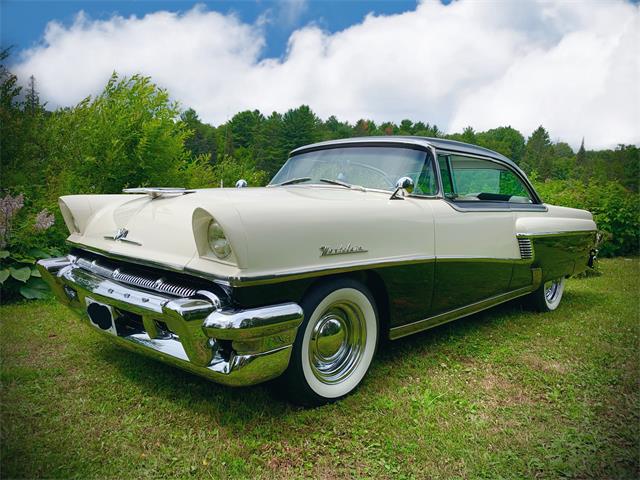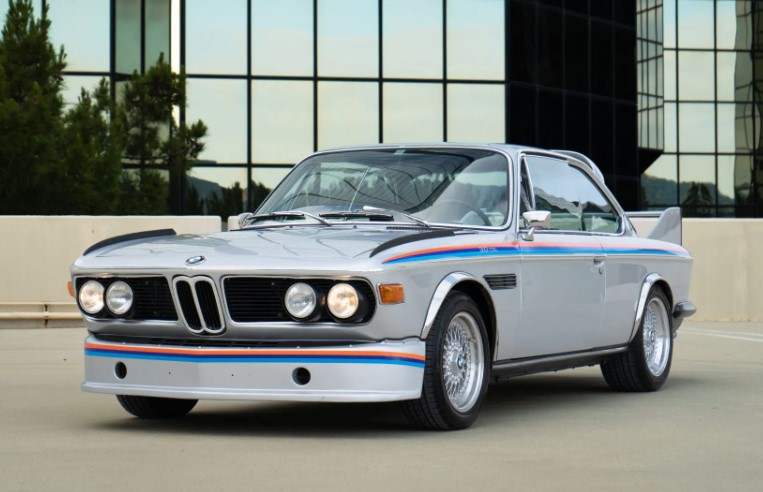In the history of the American automobile industry, there are certain vehicles that leave an indelible mark, both for their innovative design and their lasting impact on the way we live. The 1988 Dodge Caravan is undoubtedly one of these iconic vehicles. It pioneered the minivan revolution, forever changing the way families traveled, and cemented its place in automotive history. This article takes a comprehensive journey back to 1988, exploring the history, design, features, and the lasting legacy of the 1988 Dodge Caravan.
1. Design
The 1988 Dodge Caravan featured a boxy, utilitarian design that was typical of minivans at the time. Although it was not as sleek or stylish as some of the more traditional passenger cars, the Caravan's design prioritized function over form, resulting in a spacious and versatile vehicle. The exterior dimensions were relatively compact for a family vehicle, with a length of around 175 inches, a width of 69 inches, and a height of 65 inches. This compact size made the Caravan easy to maneuver and park, while still providing ample space for passengers and cargo.
The Caravan's interior was designed with families in mind, offering seating for up to seven passengers in its three-row configuration. The seats could be easily removed or reconfigured to create a variety of seating arrangements, depending on the needs of the occupants. This flexibility was one of the key selling points of the Caravan and helped to set it apart from other family vehicles on the market.
2. Performance
Under the hood, the 1988 Dodge Caravan was equipped with a choice of engines. The base model came with a 2.5-liter inline-four engine, which produced 100 horsepower and 135 lb-ft of torque. This engine was adequate for daily driving and offered reasonable fuel efficiency. For those who desired a bit more power, there was an optional 3.0-liter V6 engine, which generated 150 horsepower and 180 lb-ft of torque. This engine provided better acceleration and overall performance, making it a popular choice for families who frequently traveled with a full load of passengers and cargo.
The Caravan's suspension system was designed to provide a smooth and comfortable ride. The front suspension utilized a MacPherson strut design, while the rear suspension featured a leaf spring setup. Combined with power-assisted rack-and-pinion steering, the Caravan offered responsive handling and a stable ride.
In terms of transmission, the 1988 Dodge Caravan was available with either a five-speed manual or a three-speed automatic transmission. Both options were capable of delivering the power to the front wheels, as the Caravan was only available in front-wheel-drive configuration. This drivetrain setup contributed to the vehicle's relatively low curb weight, which helped improve fuel efficiency and overall performance.
3. Features
As a family-oriented vehicle, the 1988 Dodge Caravan came with a variety of features that catered to the needs of families. Standard equipment included power steering, power brakes, front disc/rear drum brakes, and a tilt steering column. Optional features, such as power windows, power door locks, air conditioning, and a rear window defroster, could be added to enhance convenience and comfort.
In terms of safety, the 1988 Caravan was equipped with front and rear crush zones, side-impact beams, and a reinforced roof structure. These features helped to protect occupants in the event of a collision, although the Caravan did not yet offer advanced safety features such as airbags or anti-lock braking systems, which would become more commonplace in later years.
For entertainment, the Caravan came standard with an AM/FM radio and could be upgraded with options such as a cassette player or an equalizer. Although these features may seem dated by today's standards, they were considered state-of-the-art at the time and helped to make long road trips more enjoyable for families.
4. Impact on the Automotive Industry
The Dodge Caravan and its Plymouth Voyager sibling are often credited with pioneering the modern minivan segment. Before their introduction, families had limited options when it came to spacious and versatile vehicles. Station wagons were the primary choice for many families, but they often lacked the seating capacity and cargo space that growing families required.
The Caravan and Voyager filled this void in the market, offering a practical and efficient alternative to station wagons and large passenger vans. Their success inspired other automakers to develop their own minivans, leading to a proliferation of minivan models throughout the 1980s and 1990s.
The Caravan's popularity also had a significant impact on the Chrysler Corporation itself. In the early 1980s, the company was struggling financially and was on the verge of bankruptcy. The introduction of the Caravan and Voyager, along with othersuccessful models like the K-car platform, helped to revitalize the company and restore its position as a major player in the automotive industry.
Over the years, the Dodge Caravan continued to evolve, with each new generation bringing improvements in performance, efficiency, safety, and features. Its enduring popularity is a testament to the original vision of the minivan as a versatile and practical family vehicle.
5. Sales and production of The 1988 Dodge Caravan
Exact production and sales figures for the 1988 Dodge Caravan alone are not readily available, as manufacturers often report sales and production numbers for a range of years or for the entire lifespan of a specific model. However, we can still gain an understanding of the Caravan's success in the late 1980s by looking at broader trends and milestones.
The Dodge Caravan, along with its sibling, the Plymouth Voyager, was introduced in 1983 as one of the first minivans in the market. These vehicles quickly gained popularity among families in North America, leading to strong sales throughout the 1980s and 1990s. In fact, the Caravan became one of Chrysler's best-selling vehicles, and its success played a significant role in the company's financial recovery during the 1980s.
By 1987, Chrysler had produced its one-millionth minivan, a testament to the growing demand for these vehicles. This milestone would have included both Dodge Caravans and Plymouth Voyagers, indicating that sales were strong leading up to the 1988 model year.
According to the U.S. Bureau of Transportation Statistics, total minivan sales in the United States in 1988 reached around 647,000 units. While this number accounts for all minivans sold across different manufacturers, it demonstrates the growing popularity of the minivan segment during this time, with the Dodge Caravan playing a significant role in this growth.
It's important to note that the 1988 Dodge Caravan faced competition from other manufacturers, such as the Chevrolet Astro, GMC Safari, and Ford Aerostar. However, the Caravan's practicality, versatility, and family-oriented features helped it maintain a strong presence in the market.
6. Market reception of The 1988 Dodge Caravan
As one of the pioneering minivans, the Caravan attracted families who were looking for a practical, versatile, and spacious vehicle. The 1988 model year built on the strengths of previous years, further solidifying the Caravan's position in the market.
Several factors contributed to the positive market reception of the 1988 Dodge Caravan:
Versatility
The Caravan's configurable seating arrangement, which allowed for up to seven passengers, was a major selling point. Families appreciated the ability to modify the interior layout based on their needs, whether it was accommodating more passengers or increasing cargo space.
Practicality
The Caravan's compact exterior dimensions made it easy to maneuver and park, while still providing ample interior space, making it a practical choice for families. The front-wheel-drive configuration also contributed to better fuel efficiency compared to larger vans and station wagons.
Comfort
The suspension design and overall ride quality were praised as smooth and comfortable, offering a pleasant driving experience for both drivers and passengers. This made the Caravan a popular choice for families, especially for those who frequently took long road trips.
Affordability
The base price of the 1988 Dodge Caravan was relatively affordable, making it an attractive option for families on a budget. The availability of various optional features allowed buyers to customize their vehicles according to their preferences and financial means.
Innovation
The Dodge Caravan and its sibling, the Plymouth Voyager, were among the first minivans in the market. This innovative approach to family transportation resonated with consumers, who were looking for alternatives to traditional station wagons and large passenger vans.
7. Legacy
The 1988 Dodge Caravan played a crucial role in popularizing minivans as a go-to choice for families in North America. Its innovative design, spacious interior, and family-friendly features set the stage for decades of minivan development. The Caravan's influence can still be seen today, as modern minivans continue to prioritize versatility, practicality, and comfort for families on the go.
Although minivan sales have declined in recent years due to the rise in popularity of SUVs and crossover vehicles, the segment remains an important part of the automotive landscape. The Dodge Caravan was officially discontinued in 2020, but its spirit lives on in vehicles like the Chrysler Pacifica, which continues to push the boundaries of what a family vehicle can be.
In conclusion, the 1988 Dodge Caravan was a pioneering vehicle that helped to shape the future of family transportation. Its innovative design, flexible interior, and focus on practicality made it a popular choice for families and spurred the growth of the minivan segment. Although the Caravan is no longer in production, its legacy remains an important part of automotive history and continues to influence the design of family vehicles today.



